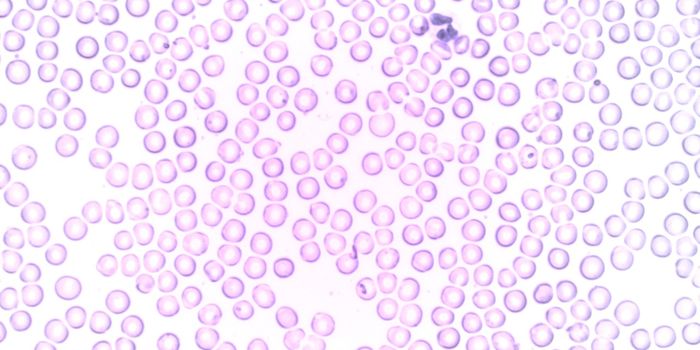Understanding Gut Neurons' Reaction to Allergens, Parasites
There is such a specialized, complex network of neurons serving the gut that it is sometimes referred to as out second brain. This gastrointestinal nervous system, also known as the enteric nervous system (ENS), is closely linked to both the massive community of microbes in the gut (the gut microbiome), as well as the foods we eat. It is also associated with the immune system, which can tolerate gut microbes while also protecting us from harmful microbial infections in the gut.
Researchers are trying to learn more about these complex relationships, and how they are related to disease. The enteric nervous system helps control digestion and how food moves in the intestine, which can be disrupted in intestinal disorders. In new work reported in Science, investigators have mapped how the enteric nervous system responds to various stimuli, and have shown that the reach of the ENS extends further than we thought.
It has been challenging to study the neurons of the ENS, which are also subjected to an environment that is constantly shifting and changing. In this work, the researchers used mouse models that carried gut microbiomes that were carefully characterized and designed, and observed how the gut cells reacted to allergens or parasites. Various neurons in the ENS were analyzed after these exposures.
One particular mouse model carried enteric neurons that had been engineered so their cell nuclei would glow. The researchers were able to collect and sort through these cells, and assess them individually. This can be done with a technique known as FACS, which captures specific subset of cells; followed by single-cell analysis techniques.
This revealed the genes that were active in these neurons at one point in time. As many as 6,000 genes were active in each cell, but this gene activity could show how the cells were functioning. In additional work, the investigators selectively deleted certain genes to determine how that affected the cells.
This effort showed that there is a group of gut sensory neurons, and the size of this group varies significantly depending on the location in the gut, and conditions there. These cells can react to immune signaling molecules in response to parasites or allergen exposure. There were also changes in cell population size.
There was another group of gut motor neurons the researchers identified, which help control movements in the gut, and that showed slower changes in gene expression in response to various conditions. The populations of these motor neurons tended to be more stable compared to the sensory neurons.
The scientists suggested that these findings show how the gut tries to maintain a balance even as conditions change. The work also highlights how important the ENS is to the gut, and how it may be malfunction during disease.
Now the investigators want to learn more about how the ENS triggers inflammation, and how it communications with other neurons that send signals to the brain about things like appetite.
Sources: Mass General Brigham, Science









